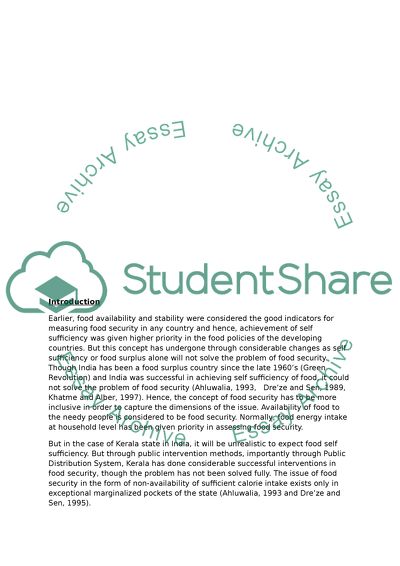Cite this document
(“Address and analyse an existing Food security intervention in Essay - 1”, n.d.)
Address and analyse an existing Food security intervention in Essay - 1. Retrieved from https://studentshare.org/health-sciences-medicine/1577815-address-and-analyse-an-existing-food-security-intervention-in-preferably-a-developing-country-africanasian-countries
Address and analyse an existing Food security intervention in Essay - 1. Retrieved from https://studentshare.org/health-sciences-medicine/1577815-address-and-analyse-an-existing-food-security-intervention-in-preferably-a-developing-country-africanasian-countries
(Address and Analyse an Existing Food Security Intervention in Essay - 1)
Address and Analyse an Existing Food Security Intervention in Essay - 1. https://studentshare.org/health-sciences-medicine/1577815-address-and-analyse-an-existing-food-security-intervention-in-preferably-a-developing-country-africanasian-countries.
Address and Analyse an Existing Food Security Intervention in Essay - 1. https://studentshare.org/health-sciences-medicine/1577815-address-and-analyse-an-existing-food-security-intervention-in-preferably-a-developing-country-africanasian-countries.
“Address and Analyse an Existing Food Security Intervention in Essay - 1”, n.d. https://studentshare.org/health-sciences-medicine/1577815-address-and-analyse-an-existing-food-security-intervention-in-preferably-a-developing-country-africanasian-countries.


